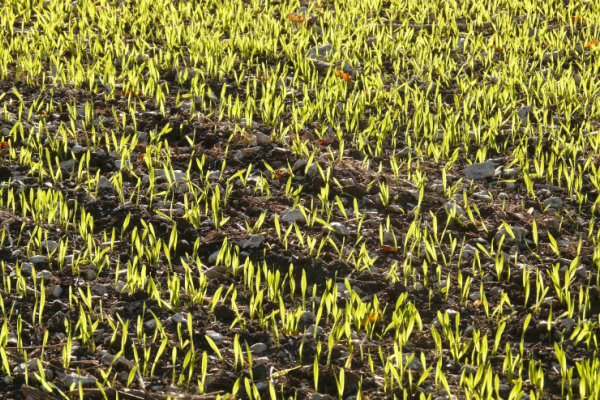Winter Barley – August 2020
8 August 2020SRUC’s monitored commercial crop data is shown in the table below. This data is generated in commercial crops in your area so is indicative of the disease pressure and growth stages on farms at the moment. It should give you a guide to the generic disease pressure in your area and it also helps us to tailor the advice we give.
| Winter Barley | Average | Maximum | Minimum |
|---|---|---|---|
| Crop Growth Stage | 91.2 | 93 | 87 |
Harvest is now well underway in most areas and reports of yield so far are… Rain is frustrating progress though and there are some concerns over sooty moulds and quality issues where crops linger.
Diseases
Seed treatments
Using certified seed or testing home-saved seed is an important first step in getting winter barley crops off to a good start. There have been quite a few changes in seed treatment approvals and also some concern over resistance development in loose smut where azoles have slipped in terms of efficacy. This illustrates why seed testing is important rather than just relying on chemistry to do the job or pulling up low seed health stocks.
Single-purpose seed treatments will take care of the traditionally seed-borne pathogens such as leaf stripe, and seedling blights. Loose smut control always varied across seed treatments and good control (as said above) should not be counted on even where seed treatments with historically good efficacy like Raxil Star are selected.
We no longer have neonicotinoid seed treatments so see the section on BYDV under ‘All Cereals’ in this report for stubble management and other options to reduce risk. Take-all can be reduced by the use of seed treatment in at-risk fields and silthiofam is the only remaining active with efficacy against take-all.
Reduced rate seed treatments are sometimes applied alone or in mixture. Seed treatments provide good control at full doses and you can expect reduced doses to give some control of surface born infections where they have approval, but something like loose smut carried deep within the embryo needs the systemicity of full dose product to be properly managed. If a low dose of an effective treatment is mixed with a partner without activity against loose smut then you might not get adequate control. Remember that seed-borne diseases such as loose smut and leaf stripe can increase rapidly from a few heads in one generation to many heads infected in the next.
Seed testing is obviously the first recourse if you are home saving seed. If you have kept seed from last year get it retested for germination as this can drop significantly over 12 months and especially so if it is treated seed.
Sign up to the FAS newsletter
Receive updates on news, events and publications from Scotland’s Farm Advisory Service

